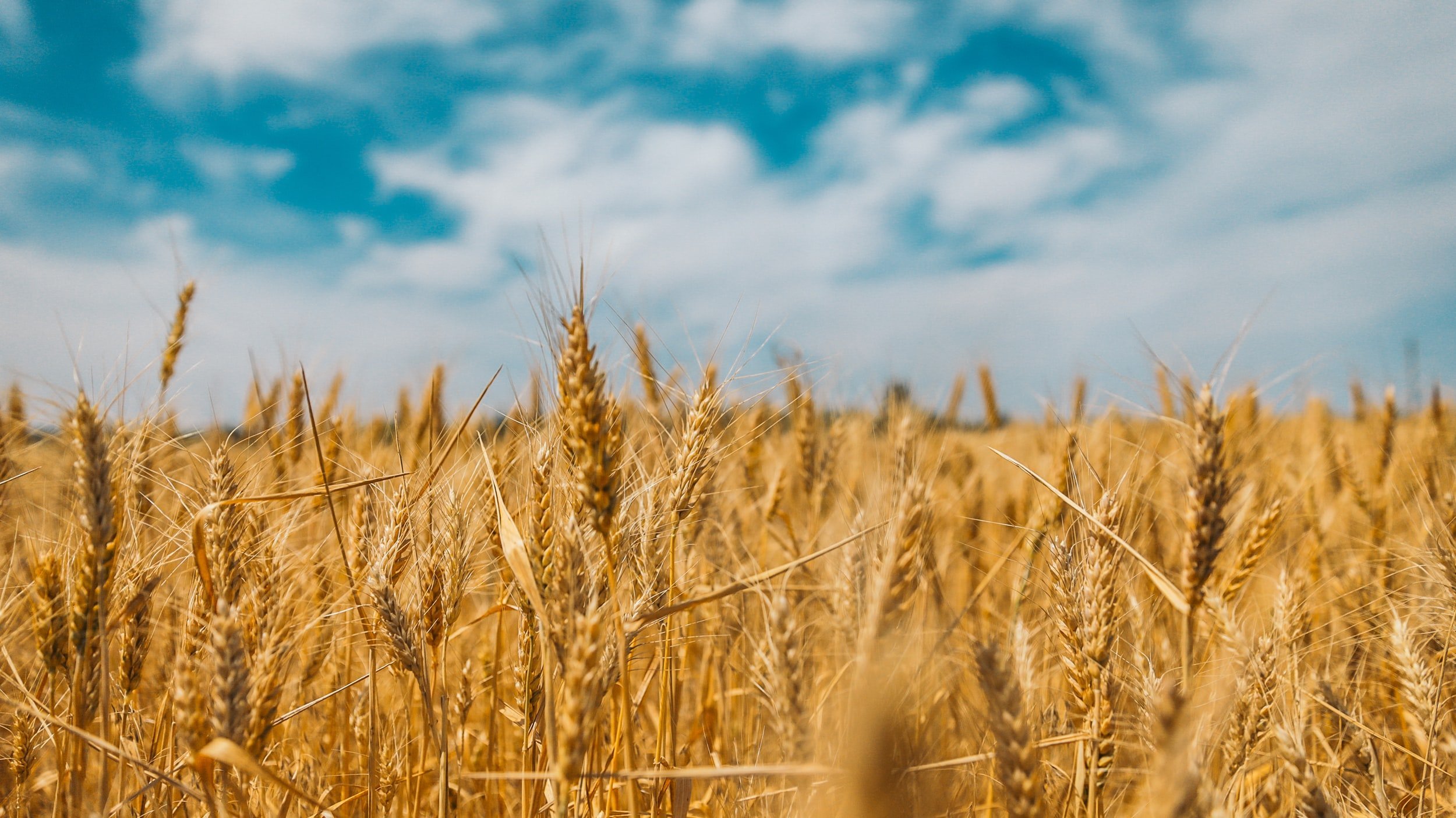The role played by social media in the Ukraine crisis
There is always much talk about the role of social media platforms and their place in our wider culture.
However, as we watch the Ukrainian people suffer at the hands of the Russian government, and specifically Russian President Vladimir Putin in real-time, we are using the likes of Facebook and Instagram as alternative media outlets to better understand not only what is going on but how we can help.
The public face of social media
Ukrainian President Volodymyr Zelensky is well-used to the cameras having previously been a comedian and actor. However, overnight he has become a worldwide figure using his social media channels to communicate with people in Ukraine, those in the European Union and beyond telling us in vivid colour how the war in Ukraine is playing out and what support they need.
How are social media platforms responding?
Here’s a brief round-up of how some of the platforms are working to support the Ukrainian citizens (and many Russians too) and how it's helping the global community to understand what is happening, ensuring misinformation is managed and removed.
LinkedIn has aggregated a series of posts here about ways you can support. From the homepage, they have also used their highlighted ‘LinkedIn News’ links to draw attention to the most recent news, actions and events and support.
Instagram has now been banned in Russia as has Facebook (but not WhatsApp as yet). They had previously announced that it would implement steps to dampen Russian propaganda and protect the privacy of users across Ukraine and Russia. The company is downranking posts from Russian state media, placing any stories from those outlets below other content from other sources. (Source: TechCrunch).
Meta and Facebook have also established a special operations centre staffed by experts from across the company, including native Russian and Ukrainian speakers, who are monitoring the platform around the clock. They have added several safety features in Ukraine and Russia to protect accounts and are taking steps to fight the spread of misinformation and implementing more transparency and restrictions around state-controlled media outlets.
They have also announced that it will no longer let any advertisers in Russia create or run ads anywhere in the world.
Twitter has announced a temporary ban on all ads in Ukraine and Russia. And whilst the platform has been banned by the Russian government, it has helped implement an official Tor onion service version of Twitter, meaning that Russian users should be able to use the Tor anonymity network to reach the site. Twitter has also removed or labelled over 50,000 pieces of misleading content around the invasion of Ukraine.
YouTube has also taken significant steps to monitor misinformation, blocked all content tied to Russian state media on its platform.
Chinese-owned TikTok has imposed restrictions on its service in Russia but has become a pivotal platform in the war on information in the country, with many influencers using their platforms to share updates with its followers on what is really going on in Ukraine. Using VPNs, they have been able to work around government platform restrictions to continue sharing updates at their own personal risk.
Collaboration platform Slack has also cut off Russian accounts from its service and many young Russians are using Telegram to share messages with WhatsApp restricted in the country. Google is also continuing to implement a variety of restrictions against Russia too.
As you would expect, this information is constantly changing so this information was correct at the time of publishing. However, as always, please do make sure you are using reliable sources of information for your news, views and information.



